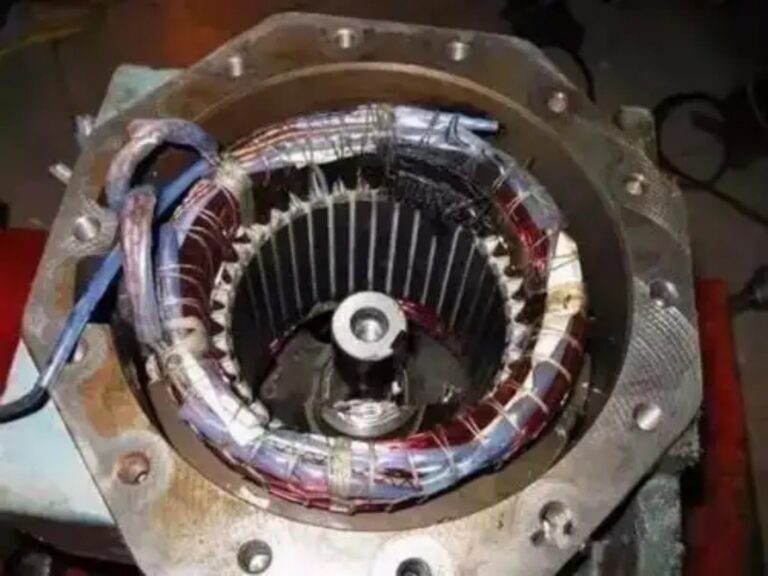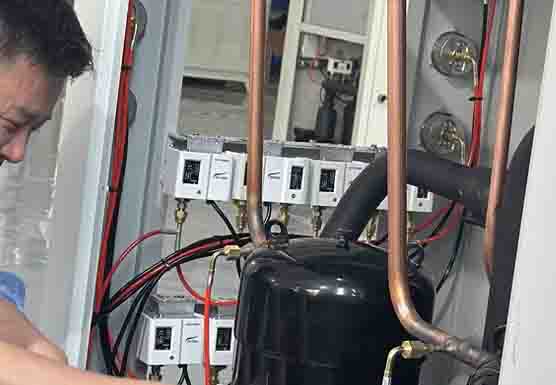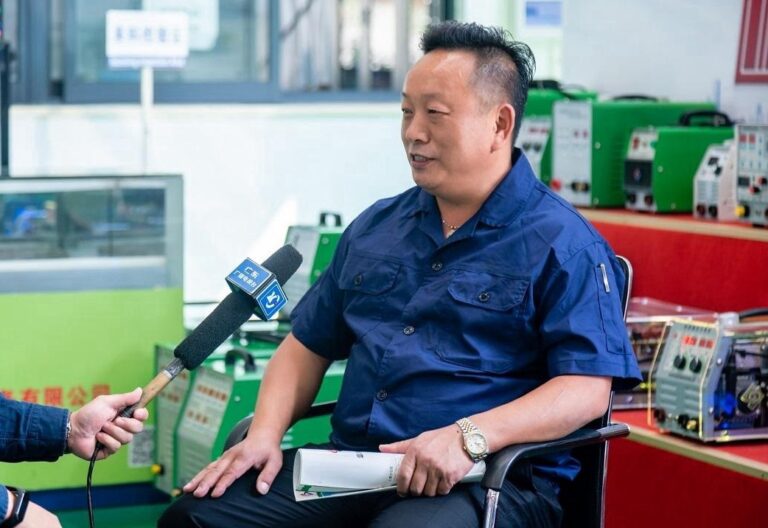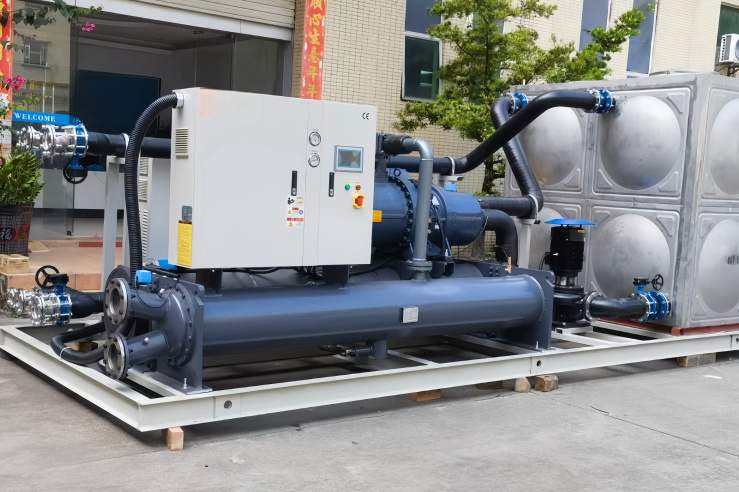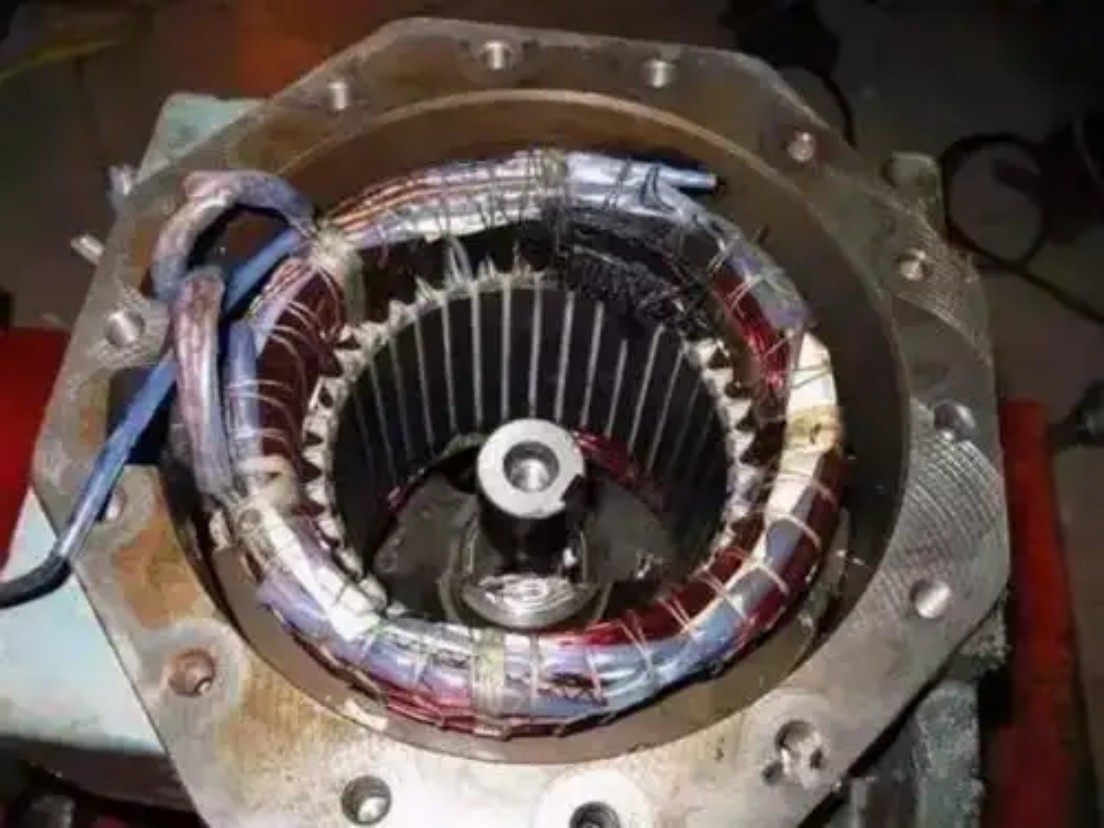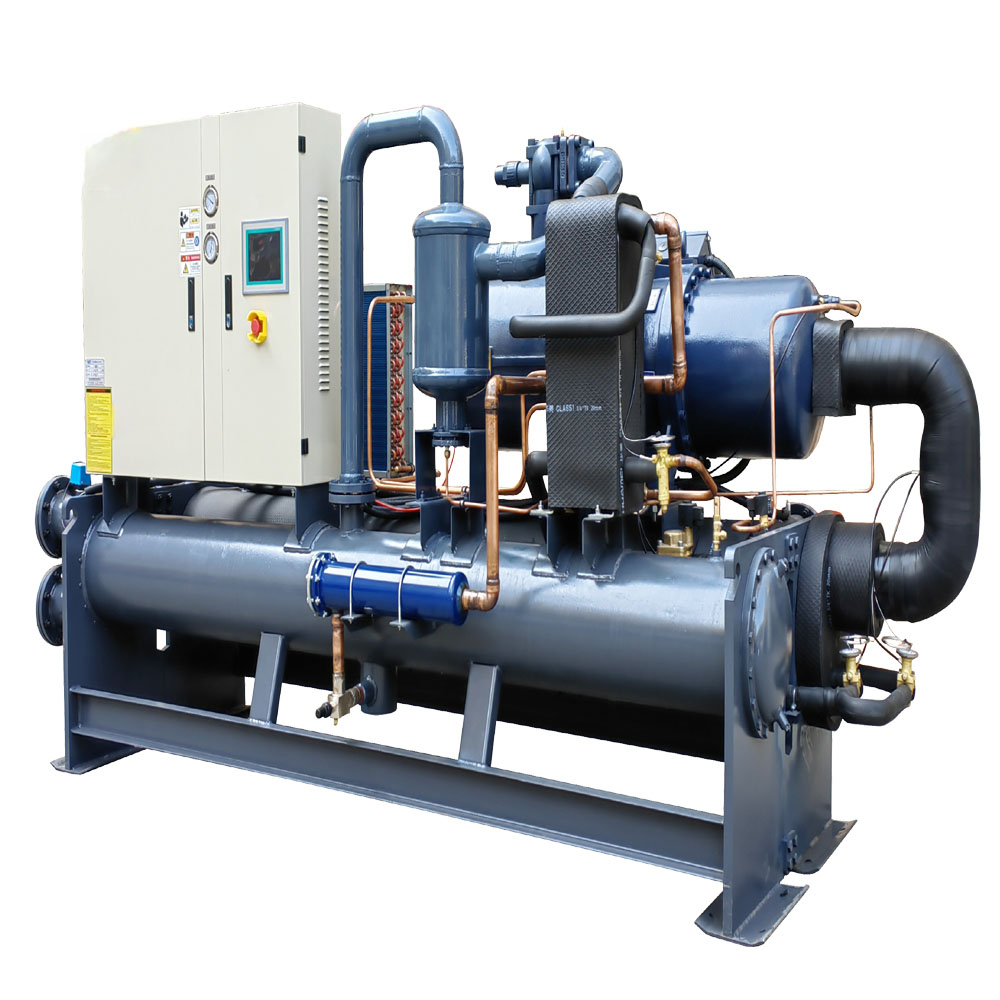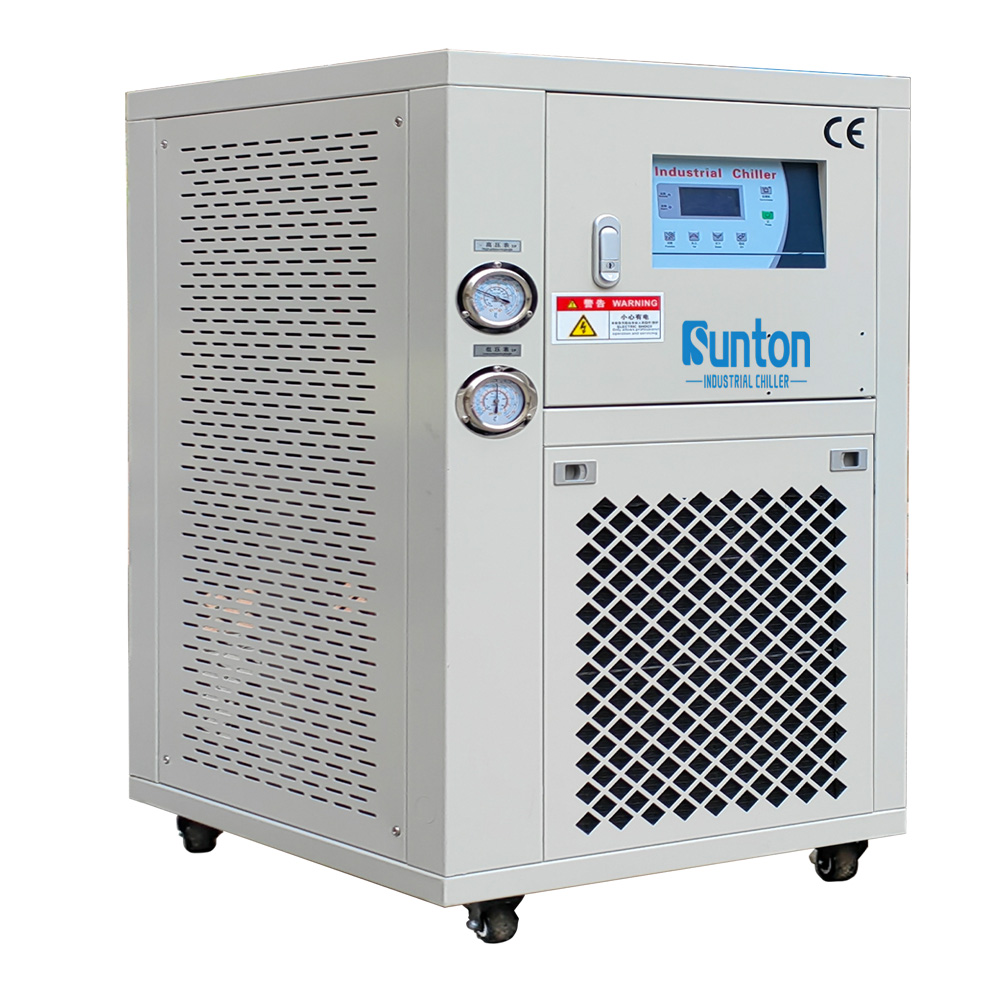-
Dalingshan Industrial Guangdong
Soluções de resfriadores de água para usinas de concreto
Soluções de resfriadores de água para usinas de concreto: garantindo controle de temperatura ideal para concreto pré-misturado
Você está na indústria de concreto pré-misturado ou pré-moldado procurando soluções para melhorar a qualidade E usar a dosagem de concreto pré-misturado pode aumentar a eficiência geral do processo de construção. consistência do seu concreto? Este guia abrangente mergulha fundo no mundo de resfriadores de água e como eles podem revolucionar sua produção de concreto process Corporation oferece soluções inovadoras para concreto pré-misturado a água é um recurso vital no processo de dosagem de concreto A utilização de água pode melhorar significativamente a qualidade da mistura de concreto. Exploraremos como essas peças vitais de equipamento de concreto, projetado especificamente para a indústria de concreto, fornecer controle preciso da temperatura, resultando em concreto mais forte, durável e econômico. Junte-se a mim enquanto descobrimos os segredos para alcançar concreto consistente e de alta qualidade usando o direito equipamento de resfriamento.
Índice
Explicação detalhada
1. Por que o controle de temperatura é crucial na produção de concreto?
Manutenção controle de temperatura é primordial na indústria de concreto porque impacta diretamente no processo de hidratação. A hidratação é a reação química que faz o cimento endurecer. Quando concreto recém-misturado estiver muito quente, o processo de hidratação acelera, fazendo com que o concreto endureça muito rápido, o que pode reduzir sua resistência e durabilidade. Por outro lado, se o mistura de concreto está muito frio, a hidratação pode parar, resultando em concreto mais fraco. Ótimo temperatura da água do lote garante que o cimento endureça no ritmo correto, resultando em uma concreto consistente e de alta qualidade que atende aos padrões de resistência exigidos. O aquecedor de agregados garante que os materiais sejam aquecidos adequadamente antes da mistura. certo controle de temperatura sistema ajuda a mitigar problemas potenciais como estresse térmico, reduz rachaduras, e garante a integridade estrutural geral do concreto pré-misturado.
Eficaz controle de temperatura não influencia apenas a resistência e a durabilidade do concreto mas também afeta sua trabalhabilidade. Uma consistência temperatura da água do lote, alcançado através de um confiável refrigerador de água, garante que produtores de concreto podem atingir a consistência desejada para seus mistura de concreto, tornando-o mais fácil de manusear e posicionar. Isto é particularmente crítico em projetos com requisitos de posicionamento específicos, como em pré-moldado estruturas ou quando se trabalha em condições climáticas extremas. Ao usar resfriadores de água, garantimos que nossos mistura pronta os produtos sempre atendem a rigorosos padrões de qualidade.
2. O que é um resfriador de água e como ele funciona em uma usina de concreto?
UM refrigerador de água é um especialista equipamento de resfriamento unidade projetada para diminuir a temperatura da água usado no dosagem de concreto processo. Estes resfriadores funcionam circulando um refrigerante através de um sistema de circuito fechado, que absorve calor do água e transfere-o para longe. Pense nisso como uma geladeira, mas em uma escala maior. O água resfriada é então circulado para o planta de dosagem e usado no mistura de concreto. Este processo permite plantas de concreto para alcançar controle preciso da temperatura, independentemente das condições ambientais. A consistência temperatura da água do lote é fundamental para manter a qualidade e a resistência do concreto pré-misturado.
Resfriadores de água vêm em vários tamanhos e capacidades de refrigeração, adaptado para atender às necessidades específicas necessidades de produção de diferente centrais de concreto. Alguns resfriadores são resfriados a ar, usando ar ambiente para dissipar calor, enquanto outros são resfriados a água, usando uma torre de resfriamento. A escolha depende de vários fatores, como a localização da planta, volume de produção e requisitos operacionais específicos. Um bem configurado sistema de resfriamento de água é uma necessidade para produzindo concreto de alta qualidade. Eu vi, em primeira mão, o poder transformador que um resfriador de qualidade tem na qualidade do concreto.
3. Como um resfriador melhora a qualidade do concreto pré-misturado?
Usando um resfriador tem um impacto profundo na qualidade de concreto pré-misturado. Ao garantir que o lote de água está consistentemente na temperatura desejada, evitamos uma configuração rápida que pode levar a estruturas mais fracas e menos duráveis. Em clima quente, por exemplo, resfriadores desempenham um papel vital na manutenção da mistura de concreto frio, o que aumenta sua trabalhabilidade e garante que o cimento se hidrate adequadamente, o que leva a uma maior resistência do concreto. Por outro lado, quando combinado com aquecedores, eles podem pré-aquecer a água, o que pode aumentar a eficiência do processo de hidratação e evitar a concreto recém-misturado do congelamento durante os meses de inverno. Um bom resfriador vai ajudar produtores de concreto alcançar consistente, concreto de alta qualidade.
Além disso, resfriadores de água reduzem o risco de estresse térmico no concreto, uma das principais causas de rachaduras e fraqueza estrutural. Manter uma temperatura consistente minimiza a expansão e contração que ocorrem devido a variações de temperatura, o que resulta em um produto final mais estável e confiável. Isso, em última análise, contribui para a longevidade e durabilidade das estruturas construídas com concreto pré-misturado, dando usina de concreto a confiança dos clientes na qualidade dos concreto. Sempre enfatizo a importância dos sistemas de aquecimento e resfriamento nas operações de dosagem de concreto. controle preciso fornecido por refrigeradores e bombas de calor especificamente, para garantir resultados consistentes e confiáveis.
4. Quais são os benefícios de usar um resfriador de água em uma planta de dosagem?
Os benefícios da implementação de uma refrigerador de água em um planta de dosagem são numerosos. O mais óbvio é melhorado resistência do concreto. Consistente temperatura da água, graças ao resfriador, leva a uma melhor hidratação e a um produto final mais forte. Também melhora a trabalhabilidade, tornando o mistura de concreto mais fácil de manusear e despejar. Este benefício por si só tem um impacto enorme na eficiência de toda a operação. O sistemas de refrigeração também ajudam a reduzir o desperdício e melhorar a consistência de cada lote, resultando em um produto superior sempre.
Além disso, um resfriador pode levar a significativas A implementação de soluções eficientes de aquecimento e resfriamento pode levar a economias significativas de custos na produção de concreto.. Ao reduzir a necessidade de aditivos e correções devido a flutuações de temperatura, a eficiência operacional geral da planta é aprimorada. Além disso, ao estender a longevidade das estruturas devido à melhoria resistência do concreto, isso reduzirá os custos de manutenção a longo prazo. Usando um confiável resfriador significa menos tempo gasto em ajustes para lotes inconsistentes e mais tempo produzindo concreto de alta qualidade. Esta melhoria de eficiência pode, em última análise, reduzir custos de produção para produtores de concreto pré-misturado.
5. Quais são os diferentes tipos de resfriadores disponíveis para dosagem de concreto?
Existem vários tipos de resfriadores disponíveis, cada um com suas vantagens exclusivas. Refrigerado a ar resfriadores são comumente usados em empresas de pequeno ou médio porte plantas de concreto, pois são mais fáceis de instalar e manter, e não requerem uma torre de resfriamento. No entanto, eles podem não ser adequados para climas muito quentes ou instalações com maiores capacidades de produção. Alternativamente, refrigerado a água resfriadores, que usam uma torre de resfriamento para dissipar o calor, são mais eficientes, mas exigem infraestrutura e manutenção adicionais e, normalmente, são mais adequados para operações maiores que exigem um maior Capacidade de resfriamento. A escolha depende em grande parte dos requisitos e condições específicas do planta de concreto.
Outro tipo, e um dos meus favoritos, são os resfriadores de glicol. Eles têm um circuito de glicol separado que transfere o calor da água do processo para o resfriador. Este método permite um controle de temperatura ainda mais preciso e oferece o benefício da proteção contra congelamento. Embora mais complexos, eles oferecem um sistema muito eficiente para controle de temperatura que é bem adequado para concreto pré-misturado produção. Quando você seleciona um refrigerador de água, você precisa avaliar os benefícios dos custos de instalação, eficiência e manutenção a longo prazo.
6. Como escolher o tamanho certo de resfriador para sua planta de concreto?
Escolhendo o correto tamanho resfriador O aquecimento e o resfriamento eficientes do agregado são cruciais para atingir o desempenho ideal. Um subdimensionado resfriador não será capaz de resfriar adequadamente o água, enquanto um superdimensionado resfriador pode ser ineficiente e desperdiçador. Vários fatores devem ser considerados, como a rotina diária da planta produção de concreto volume, o número de lotes produzidos, as temperaturas ambientes e o produto final desejado. temperatura da água do lote. Uma análise completa desses fatores ajudará a determinar o necessário Capacidade de resfriamento do resfriador.
É melhor consultar um representante qualificado da empresa para obter soluções personalizadas. equipamento de concreto especialista para conduzir uma avaliação detalhada. Eles podem ajudá-lo a determinar o direito tamanho e tipo de resfriador Esses sistemas devem ser baseados em suas necessidades específicas e parâmetros operacionais, incluindo controle de temperatura do concreto. Eu sempre recomendo uma avaliação no local para garantir o escolhido resfriador proporcionará um desempenho confiável e ajudará você a atingir os a mais alta qualidade de concreto pré-misturado. Lembre-se, o objetivo é maximizar a eficiência e minimizar os custos operacionais, e isso requer um planejamento cuidadoso e as escolhas certas de equipamentos.
7. Aquecedores de água podem ser usados em conjunto com resfriadores na produção de concreto?
Sim, absolutamente! Na verdade, usando aquecedores de água em conjunto com resfriadores fornece a abordagem mais abrangente para controle de temperatura em produção de concreto. Enquanto resfriadores ajudar a resfriar o lote de água durante os meses mais quentes, aquecedores de água são vitais em climas frios, especialmente durante temperaturas congelantes. Eles garantem que o lote de água está na temperatura correta para uma hidratação ideal, o que garante que resistência do concreto é consistentemente alcançado. Isto é especialmente importante ao produzir concreto pré-misturado em climas frios.
Uma combinação de aquecedores e refrigeradores vai dar produtores de concreto a capacidade de controlar com precisão temperatura da água do lote em qualquer época do ano, o que garante a consistência do seu produto. Por exemplo, no inverno, uma aquecedor de água pode pré-aquecer o lote de água para um pouco acima 35°F, o que impedirá a concreto recém-misturado do congelamento e ajudam o processo de hidratação a começar de forma mais eficiente. O uso de sistemas de aquecimento de água e sistemas de refrigeração juntos criam uma abordagem completa para controle de temperatura, tornando muito mais fácil a produção concreto de qualidade.
8. Como manter e otimizar seu resfriador de água para desempenho a longo prazo?
A manutenção adequada é essencial para garantir a longevidade e o desempenho ideal do seu refrigerador de água. Inspeções regulares, limpeza e manutenção são cruciais para evitar quebras dispendiosas. Isso inclui verificação regular dos níveis de refrigerante, limpeza das serpentinas do condensador e inspeção de todas as conexões elétricas e peças móveis. Um bem conservado resfriador operará de forma mais eficiente, reduzindo o consumo de energia e prolongando a vida útil da unidade. Ignorar a manutenção regular pode levar à redução Capacidade de resfriamento, custos de energia mais altos e reparos potencialmente muito caros.
Otimizando o resfriador também inclui o ajuste de configurações para corresponder às necessidades específicas da planta. Isso pode envolver o ajuste de taxas de fluxo e pontos de ajuste de temperatura com base no clima predominante e necessidades de produção. Quando você isolar seu tanque de armazenamento Ao isolar os canos e usar resfriadores de água e bombas de calor, você pode minimizar a perda de calor, aumentando a eficiência dos seus sistemas de aquecimento e resfriamento. sistema de resfriamento de água. Ao implementar essas práticas recomendadas, você pode garantir que seu resfriador funciona de forma confiável e eficiente nos próximos anos, contribuindo para uma qualidade consistente e alta produção de concreto.
9. Quais são as melhores práticas para implementar sistemas de resfriamento em plantas de concreto?
Implementando um sistema de resfriamento efetivamente requer um planejamento cuidadoso. Comece selecionando o direito tamanho e tipo de resfriador que se adapte às necessidades específicas da planta. Também é vital instalar corretamente o resfriador em um local que permita ventilação adequada e fácil acesso para manutenção. Além disso, você precisa integrar o resfriador em seu planta de dosagem sistema de controle para controle preciso da temperatura. Garantir que todo o pessoal esteja treinado na operação e manutenção adequadas do resfriador para garantir a segurança e a eficiência operacional.
Outra boa prática é investir em um produto de qualidade tanque de armazenamento. Eu recomendo um armazenamento isolado solução para minimizar o ganho ou perda de calor, o que ajuda a manter lote de água na temperatura desejada por mais tempo. Considere também o uso de um sistema de circuito fechado para minimizar a perda de água e melhorar a eficiência geral. Trabalhei com vários clientes onde até mesmo algo aparentemente pequeno como isso teve um impacto enorme em seu custo operacional geral e tornou mais fácil para eles atender as demandas de seus concreto clientes. Lembre-se de que o objetivo é criar um sistema integrado e eficiente que garanta consistência lote de água temperaturas, resultando em alta qualidade concreto pré-misturado.
10. Como o resfriador de água certo pode levar a economias significativas de custos?
A direita refrigerador de água pode levar a substancial economia de custos de várias maneiras. Primeiro, reduz a necessidade de aditivos químicos projetados para controlar o tempo de presa de concreto. Com controle preciso de temperatura da água, você reduzirá o desperdício de materiais e aditivos. Além disso, com uma hidratação mais consistente, o concreto atingirá a resistência desejada, reduzindo a possibilidade de defeitos estruturais, o que se traduz em menos reparos no futuro. Também melhora a eficiência e diminui o tempo de inatividade, reduzindo custos de mão de obra.
Além disso, uma escolha bem escolhida resfriador pode ser mais eficiente em termos de energia e reduzir os custos operacionais gerais da planta. Eficiência energética resfriadores também têm uma pegada ambiental reduzida, o que é importante para aqueles que estão comprometidos com práticas sustentáveis em seus negócios. Lembre-se de que um bom resfriador não é apenas uma despesa; é um investimento em concreto de qualidade e rentabilidade a longo prazo. Com eficácia soluções de resfriamento no lugar, produtores de concreto pode produzir consistentemente o a mais alta qualidade produto, reduzir o desperdício e melhorar a eficiência operacional, resultando em maiores lucros.
Perguntas frequentes
Qual é a faixa de temperatura ideal para água em lotes na mistura de concreto?
A faixa de temperatura ideal para lote de água está entre 35°F e 70°F dependendo dos requisitos específicos do projeto. Manter essa faixa garante hidratação adequada e resistência ideal do concreto.
Um resfriador de água pode ser usado em climas frios?
Absolutamente! Enquanto resfriadores são usados principalmente para resfriamento, mas também podem ser usados em conjunto com aquecedores para manter o ótimo temperatura da água mesmo no mais frio de climas.
Como sei se minha central de concreto precisa de um resfriador de água?
Se você estiver enfrentando inconsistências resistência do concreto, tempos de presa rápidos ou rachaduras, é uma boa indicação de que você precisa de um refrigerador de água. Uma avaliação completa do seu planta de concreto é essencial identificar quaisquer problemas de controle de temperatura.
É melhor usar um chiller resfriado a ar ou a água?
A escolha depende de vários fatores, incluindo o tamanho da sua planta, o clima local e o seu orçamento. Refrigerado a ar resfriadores são geralmente mais fáceis de instalar e são bons para instalações menores, enquanto os resfriados a água resfriadores são normalmente mais eficientes e melhores para operações de maior escala.
Com que frequência devo fazer a manutenção do meu refrigerador de água?
A manutenção regular é crucial para a longevidade do seu resfriador. No mínimo, é recomendada a manutenção anual dos aquecedores de usinas de concreto, com inspeções e limpezas mais frequentes, conforme necessário.
Um resfriador de água pode ser integrado a um sistema de usina de dosagem existente?
Sim, a maioria resfriadores de água pode ser perfeitamente integrado aos seus sistemas de controle existentes, o que lhe fornece controle preciso da temperatura. Consulte sempre um profissional para garantir um processo de integração tranquilo.
Principais conclusões
- Resfriadores de água são cruciais para manter controle preciso da temperatura em produção de concreto, garantindo qualidade e resistência consistentes.
- Eles desempenham um papel fundamental na prevenção de presa rápida, rachaduras e estresse térmico, o que resulta em estruturas mais fortes e duráveis.
- Resfriadores pode reduzir significativamente custos de produção minimizando a necessidade de aditivos e correções devido às flutuações de temperatura.
- Quando usado com aquecedores de água, eles fornecem abrangente controle de temperatura durante todo o ano, permitindo uma temperatura da água do lote.
- Manutenção regular do seu resfriador é essencial para um desempenho e longevidade ideais.
- Implementação adequada de sistemas de refrigeração é a chave para atingir o mais alto nível concreto de qualidade e eficiência operacional.
Para mais informações, não deixe de conferir nossos artigos relacionados, como [Chiller de água scroll resfriado a água](https://thewaterchiller.com/water-cooled-scroll-water-chiller-2/), [Chiller de água scroll resfriado a ar](https://thewaterchiller.com/glycol-chillers/), [Chiller de água parafuso resfriado a água](https://thewaterchiller.com/water-cooled-screw-chiller/), [Chiller de parafuso resfriado a ar](https://thewaterchiller.com/air-cooled-screw-chiller/), [Chillers de glicol](https://thewaterchiller.com/air-cooled-screw-chiller/) e [Torre de resfriamento](https://thewaterchiller.com/cooling-tower/).

